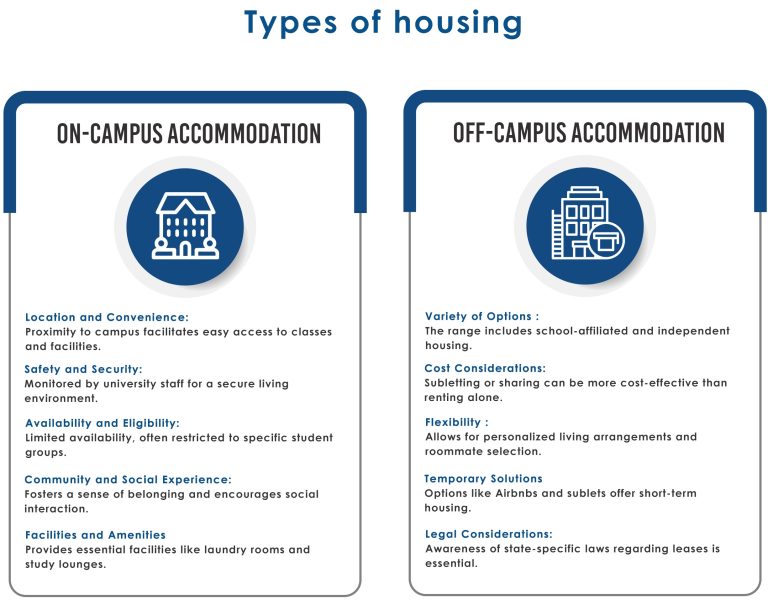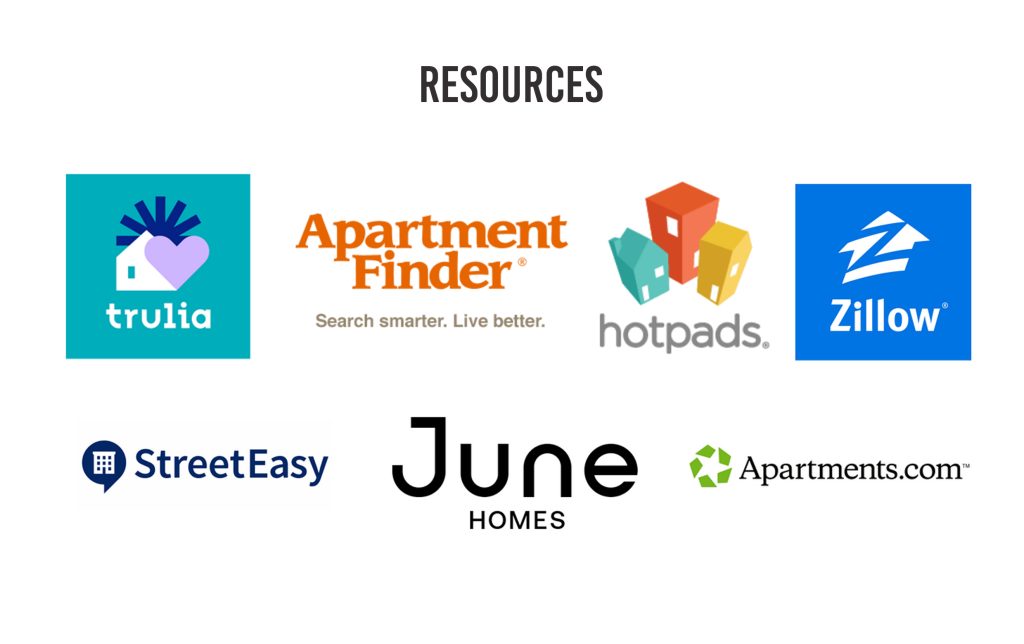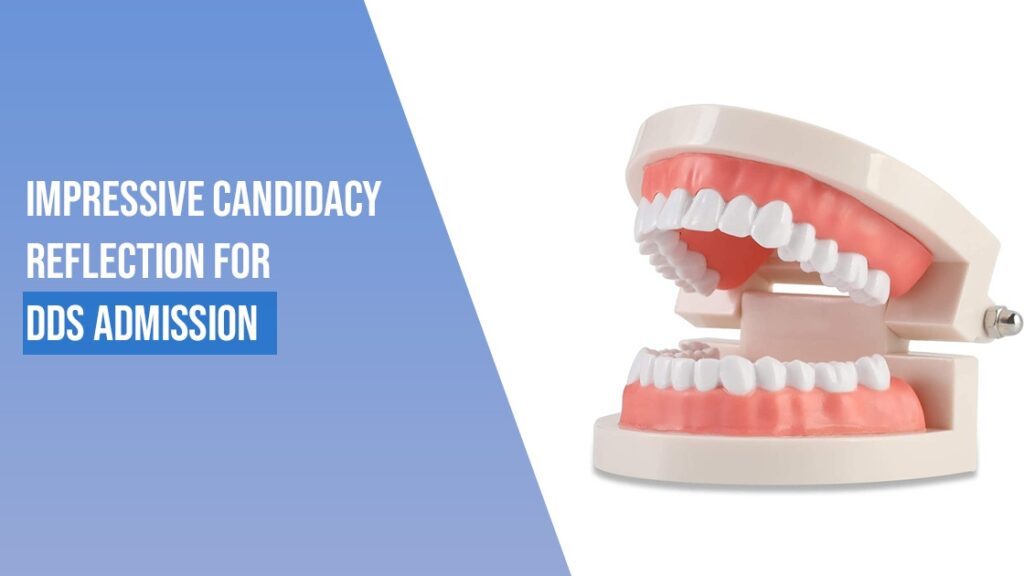Embarking on the journey of higher education is an exhilarating experience, filled with anticipation, excitement, and the promise of newfound knowledge. As incoming students gear up for this transformative chapter, one crucial aspect demands their attention: housing. The quest for the perfect student abode is not merely about finding a place to rest one’s head; it’s about discovering a home that fosters growth, independence, and lifelong memories. From navigating the maze of dormitories to weighing the pros and cons of off-campus living, the housing landscape is rife with possibilities and considerations. This blog will provide a brief overview of navigating this task.
Types of Housing
Student accommodations can be broadly classified as ‘On-campus’ and Off-campus housing. The former is highly sought after owing to the location, guaranteeing safety and nullifying travel time. The universities usually offer both single and shared rooms along with basic facilities such as laundry and study lounges. However, they are limited in availability and students are required to meet certain eligibility criteria to occupy the same. For instance, NYU’s on campus housing is made available to undergraduate students only. If you are looking for a place where you can develop a sense of community which is otherwise hard for a newcomer to experience, this is your go-to.
Off-campus housing could be affiliated with the school or include independent accommodations. This opens a wide array of options to choose from. Students can sublet, share an apartment, rent a room in an apartment or rent an entire apartment to themselves. Amongst the aforementioned options, sharing and subletting cost lesser than renting an entire apartment to yourself. Though inexpensive, the former type of living requires an alignment of the occupants’ living habits to ensure harmony, which may pose a challenge for many.
If you are on the lookout for a temporary accommodation that you can occupy while searching for a permanent accommodation, AirBnBs and sublets have your back. Subletting an apartment from a tenant who temporarily leaves the city serves as a short-term housing option. However, keep in mind that the laws surrounding subletting are often a grey area and vary from state to state. It is advisable to remain abreast of the state-specific limitations prior to signing a sublease.

Cost of Living
While the rent constitutes a chunk of the payment, one has to consider additional expenses which accompany the rental fee namely:
- Application fee (one-time payment)
- Broker fee (One- time payment)
- Utility fee (Gas, Heat, electricity and Water supply)
- Furnishing (Rental/purchase)
- Household items
- Amenities fee (optional)
- Wi-Fi charges
A tally of the aforementioned line items and the rental fee will give you an estimate of your monthly expenditure associated with the accommodation.
How can I minimize the cost of renting an accommodation?
- Sharing an apartment or renting a room in an apartment
- Staying on the outskirts of the city, provided the transport system is well established.
- Looking for ‘Zero broker fee’ offers
- Renting furniture (Refer sites such as CORT, Aaron’s) purchasing gently used second-hand furniture (Facebook Marketplace, Garage sales)
House Hunting Checklist
Using the following criteria, you can identify the accommodation that suits your needs:
- Budget
- Safety
This factor must take precedence while choosing a place to live. Check Google Safety Maps and websites such as Niche to discern the crime rates in the chosen neighborhoods and the types of crime which are predominant. The presence of a doorman and an automatic lock on the front door in an apartment also provide an extra layer of protection. - Vicinity to the school of choice
If you choose to stay farther from school, your rent could be sustainably lower. However, living near school becomes a viable option for many who go through intense coursework and find themselves spending late nights in school. - Apartment quality
Discern whether the storage space is adequate and if appliances which are included in the rent such as refrigerator, stove, and oven are fully functional. The presence of any physical defects such as plumbing issues, mold, or cracked plaster which necessitate correction and maintenance must be brought to the landlord’s attention before signing a lease. - Facilities
The presence of on-site laundry, laundromats in the vicinity, and access to grocery stores should be taken into consideration. Furthermore, ascertain whether your rental fee includes the utility fee which could amount to a good bargain. Finally, some accommodations have additional amenities such as athletic facilities and study rooms which can be a boon to many students.
Resources
Besides the recommendations on the school website and word of mouth, the following sites are highly trusted in seeking accommodations of choice
- Apartments.com
- Zillow
- June Homes
- StreetEasy
- Hot Pads
- Apartment Finder
- Trulia

Besides the above-mentioned sites, many use Facebook groups and Craigslist as well. However, they have a reputation for being a breeding ground for scammers. Therefore, tread carefully and follow the instructions given in the following link to identify and eventually avoid scammers:
Rental Listing Scams
Conclusion:
As our exploration of off-campus odysseys, and the art of creating a personalized sanctuary draws to a close, remember that this journey is not a singular event but a continuum. Your chosen dwelling becomes not just a space to inhabit but a canvas upon which your academic and personal narrative unfolds. Embrace the challenges, savor the triumphs, and relish the moments that transform a place to live into a true home. Welcome to a chapter where every door holds a new adventure, and every window opens to the boundless possibilities of student life.


